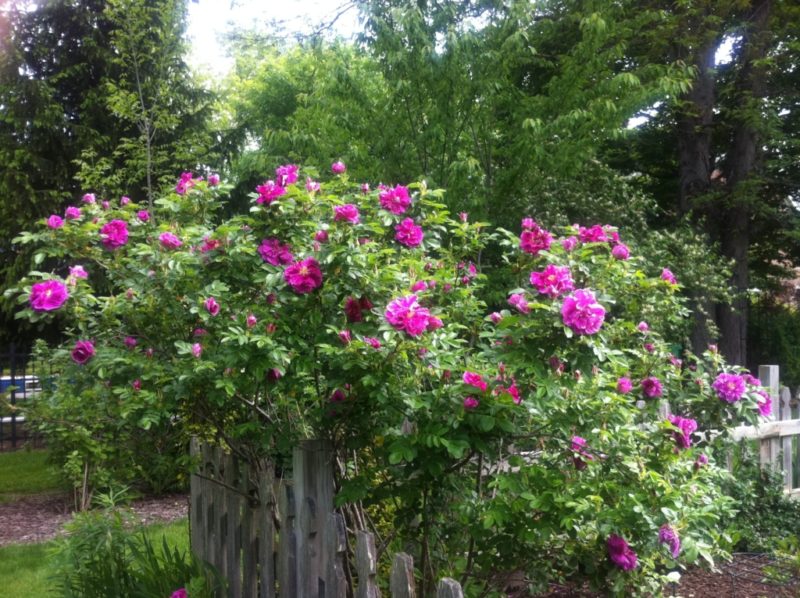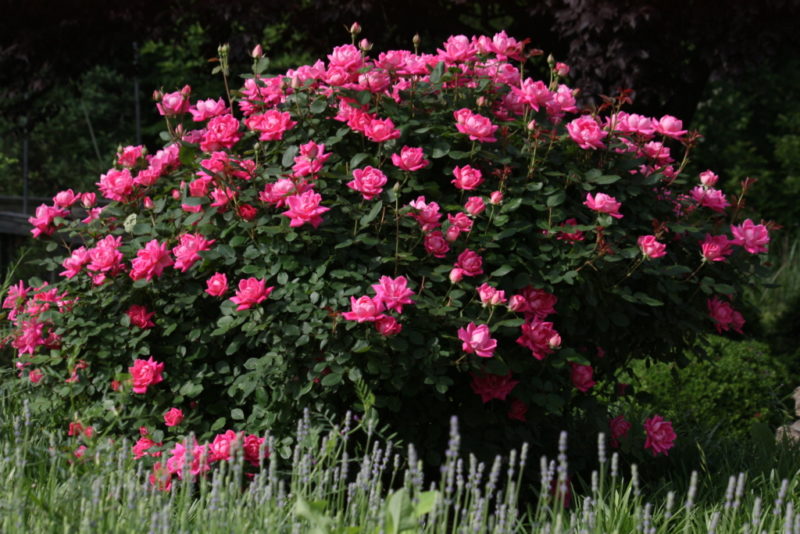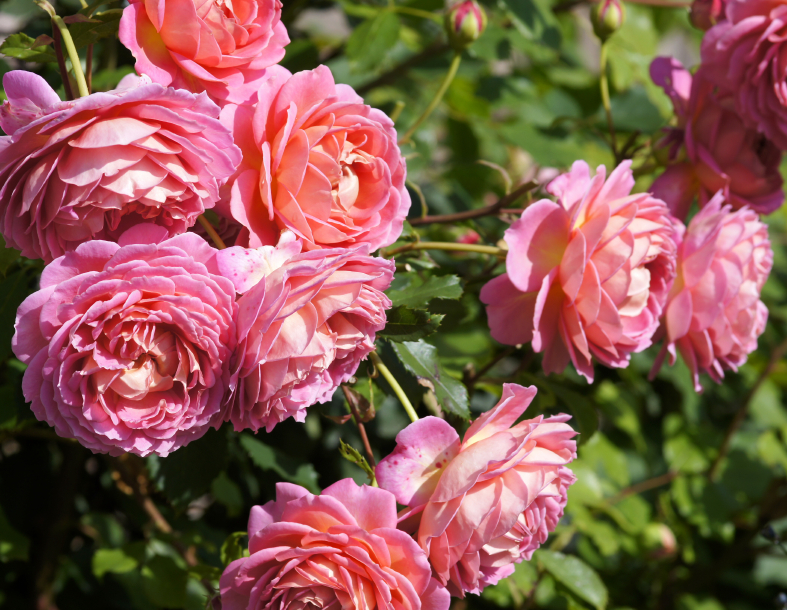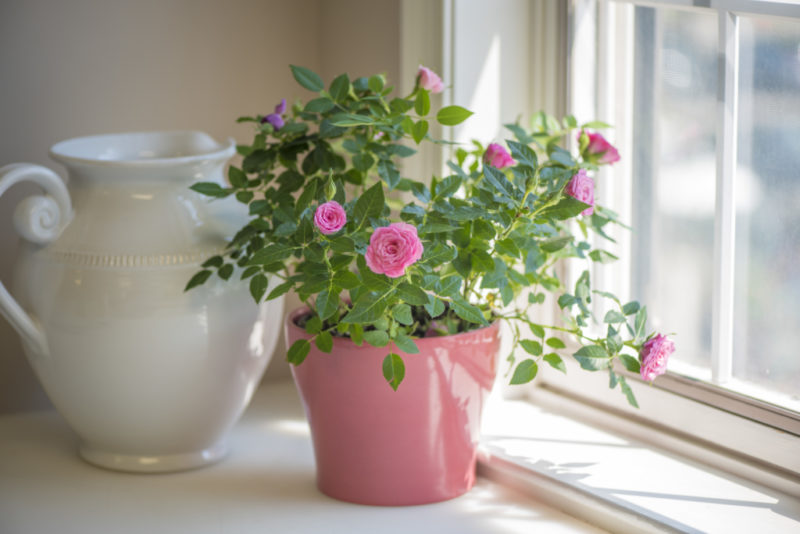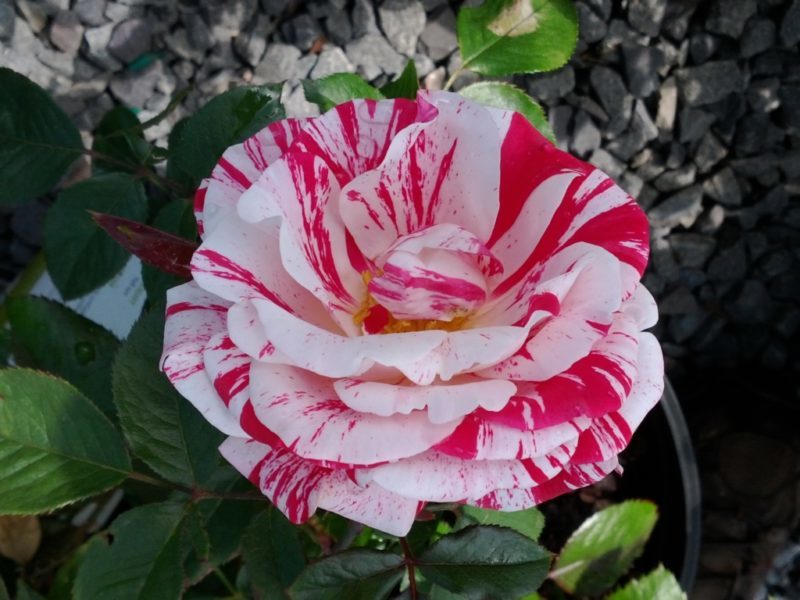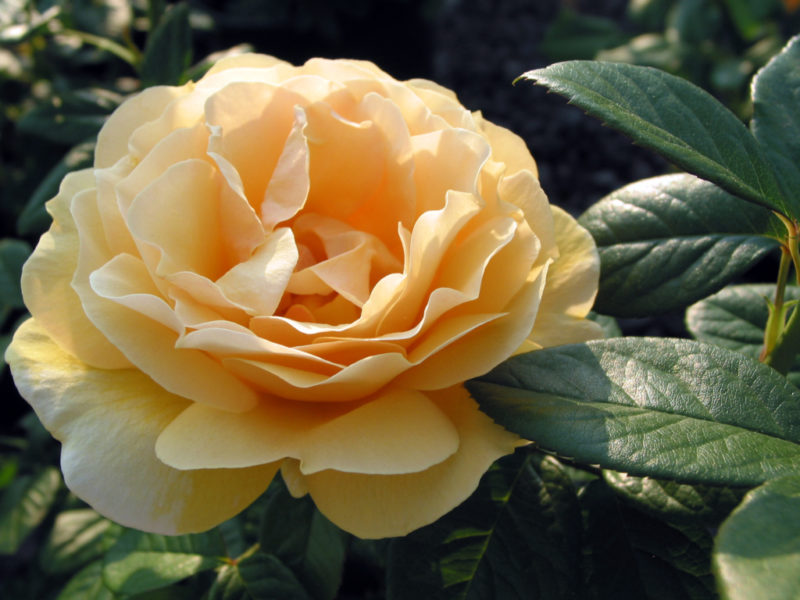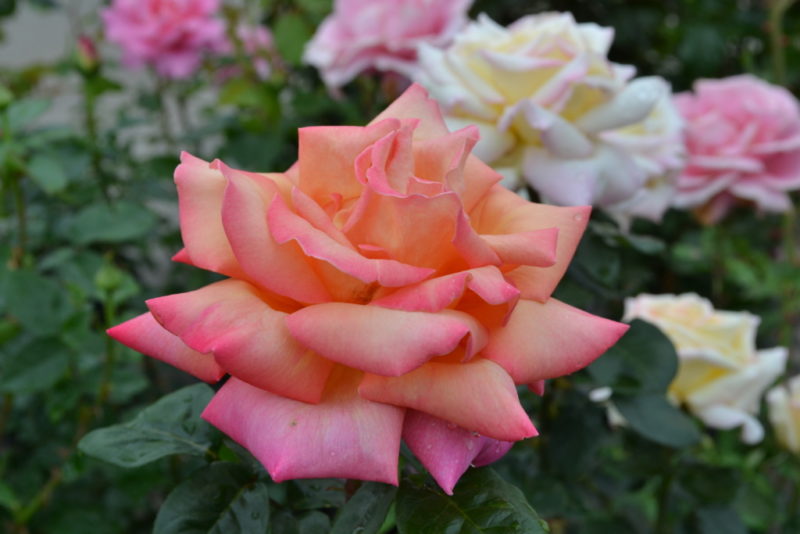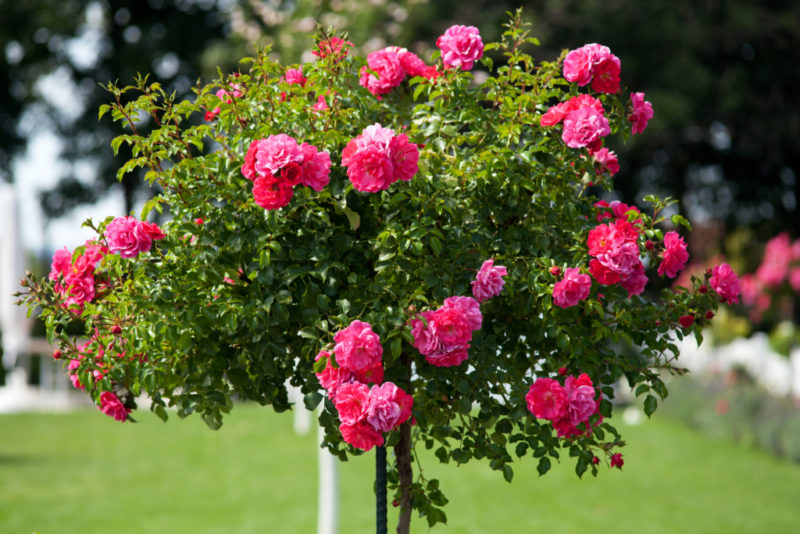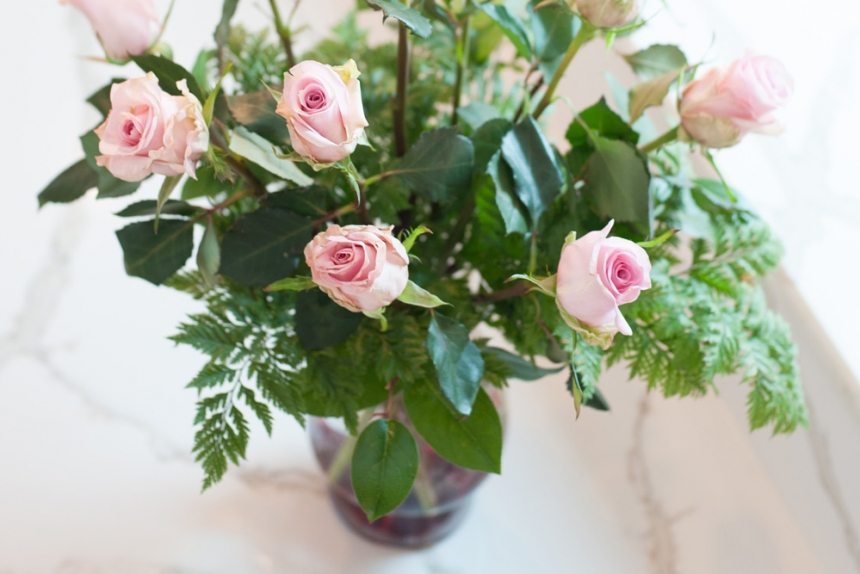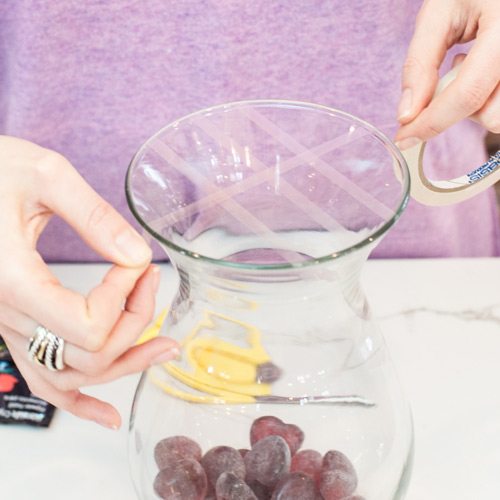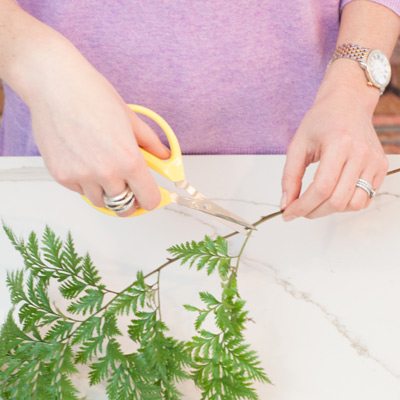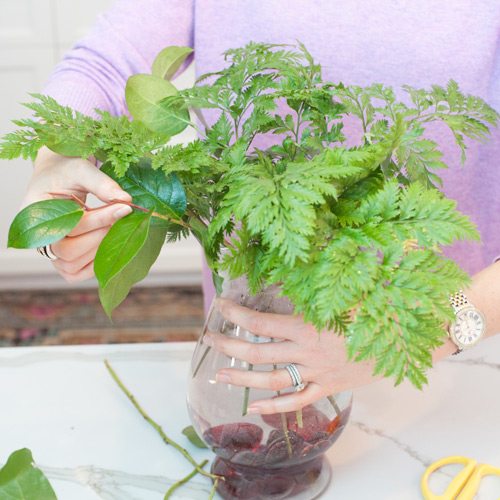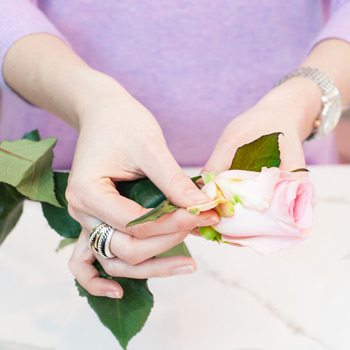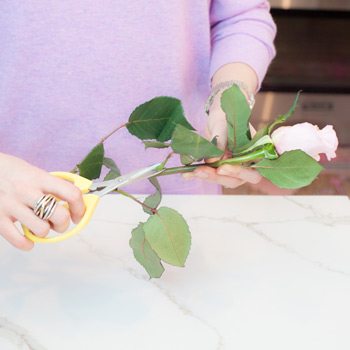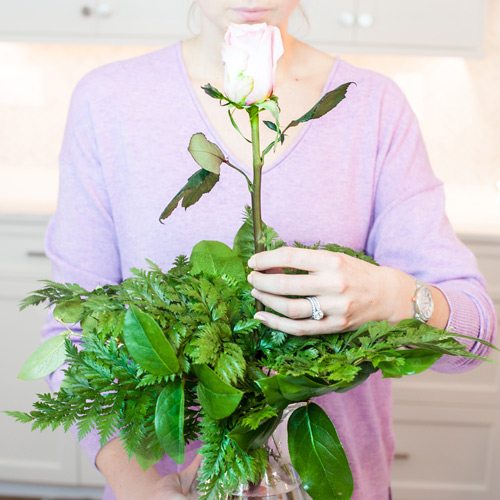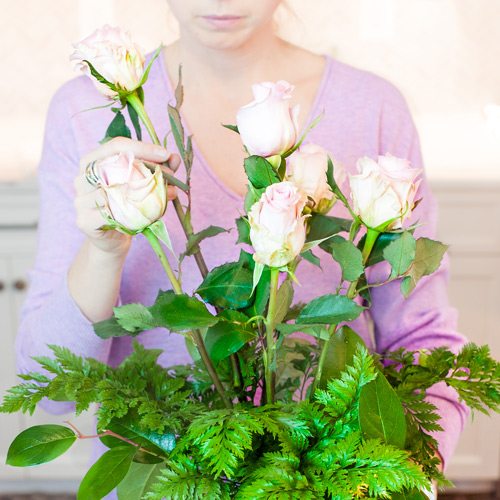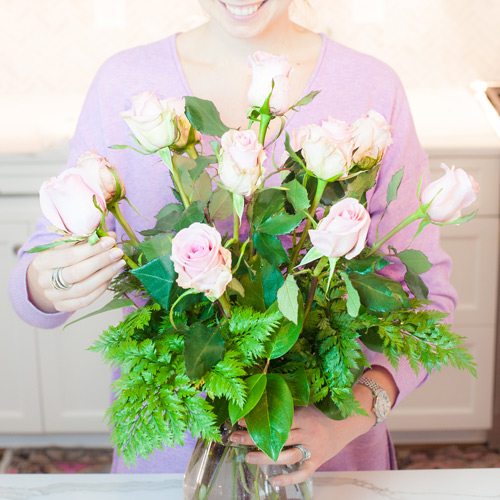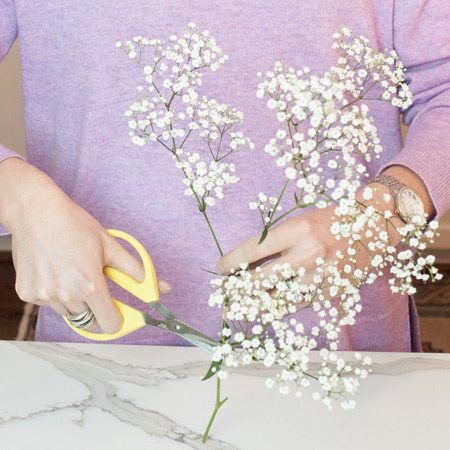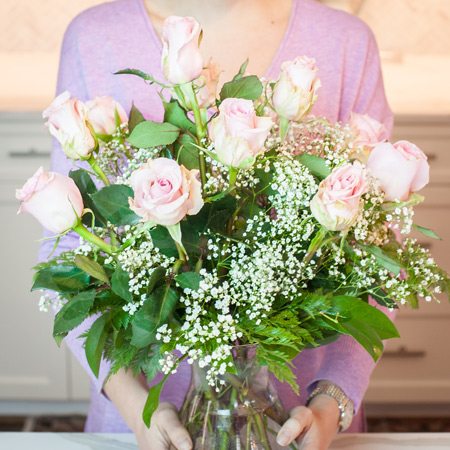Selecting and Caring for Roses
By Sharon Stickell and Rob Capp
One of the most traditional and iconic garden plants, the rose is known for its beauty, classic appeal and continuous, repeat blooming from spring through frost. Today, there are over 100 species and thousands of cultivars, providing a limitless abundance of options which can be a bit overwhelming for gardeners new to growing these beautiful plants. The choices can be a bit overwhelming for those of us who are selecting roses for the first time – but with our guide to selecting roses, you can select one that will work well for you and your garden!
General Care
Regardless of the rose you select, there are a few guidelines which apply to all types.
- Roses need at least 6 hours of direct sunlight.
- Follow our planting instructions to plant your roses, adding a handful of super phosphate to promote root growth. If you are planting in containers fill in around the container with Merrifield Potting Mix or organic alternative, then mix one or two cups of dehydrated manure and a tablespoon of super phosphate.
- When watering your roses, follow our watering guidelines. We recommend using a 12-inch bamboo stake or dowel rod to check for moisture more deeply than other plants. Water in the morning to ensure that the water evaporates from the leaves during the day, as water sitting on the leaves overnight can promote disease.
- Roses require a generous amount of fertilizer. From the first signs of leaf break (usually in April) to August, fertilize every 4-6 weeks with Merrifield Flowering Plant Food or an organic alternative, such as Rose Tone.
- Mulch around your rose according to our proper mulching guidelines. Keep mulch an inch or two away from the crown of the plant.
Selecting the Right Rose
Climbing Rose
Use these roses as an accent along fences or on arbors or pergolas by training them to grow in the way that you choose. These vigorous growers flower on wood that is at least two years old. Some are ever-blooming. They will need the support of an arbor, fence, or trellis as they grow.
Shrub Rose
Generally the easiest to grow, shrub roses are tough, hardy and more disease resistant than other varieties. These roses range in height from 2 feet to 8 feet and can be used in borders or hedges. Common varieties include the knock-out, drift and carpet roses.
David Austin
These are bushy, shrub type roses with a focus on fragrance and form. Most blooms are cottage or cabbage-like. These varieties are usually disease resistant.
Miniature Rose
Perfect for patios, the front of borders, and containers, these small roses reach only 2 feet in height and bloom continuously from spring until November.
Floribunda
These all-purpose roses generally grow to between 2 and 4 feet and bloom in clusters. Most bloom continuously from spring – frost. These are generally more disease resistant than other roses and can be used in borders, containers or in hedges.
Grandiflora
These roses are similar to the Floribunda, but taller, and can reach about 6 feet in height. These vigorous bloomers produce clustered flowers at the end of each stem throughout the growing season. They work well in the back of a flower border or as a hedge.
Hybrid Tea
Producing single blooms at the end of their stems, these are the ideal to use as a cut flower. They can be used as a specimen plant or in a border or garden bed. These typically involve a little more care than other rose plants but produce the most magnificent flowers. They typically reach anywhere from 2 feet to 5 feet in height.
Tree Rose
These specimen plants are generally grafted onto a tall rose trunk of hybrid tea quality and used as an accent plant growing in a container. They are more susceptible to winter damage since they have been grafted.
If you are looking for more information on the care of roses, check back soon for a post on pruning, pest management and winter care techniques.



